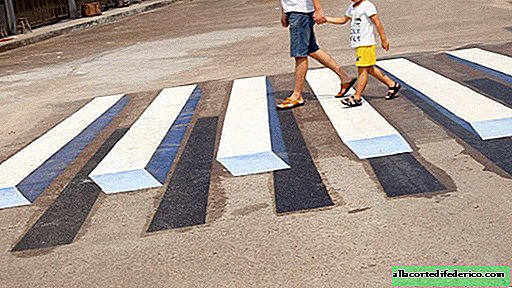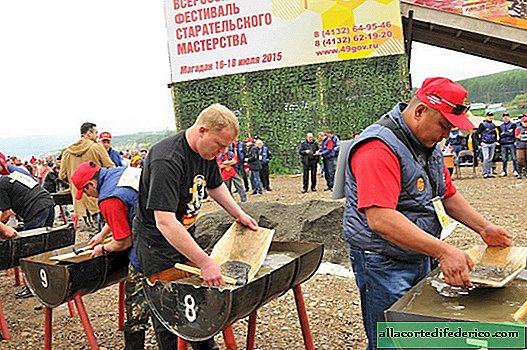An unusual airport in New Zealand, on the runway of which trains run
A provincial town called Gisborne is comfortably located in one of the bays on the east coast of the North Island. The local population, whose population is slightly more than 30 thousand people, is mainly engaged in winemaking and work in the tourism sector. One of the features of this New Zealand town is its airport. The originality of the local runway lies in the fact that it is regularly crossed by trains.

The Gisborne-Palmerston North railway line was built at the end of the 19th century. But the financial turmoil made adjustments to the construction, and the construction of the branch to Gisborne dragged on for several decades. The first trains reached the city only in the 40s of the last century.

Gisborne Airport is located in the suburbs and serves only domestic flights, but because the planes here take off and land not so often. Aircraft from Gisborne fly only to three cities of the country: Wellington, Hamilton and Napier. For this reason, the existence of a railway running directly through the take-off and landing strip does not bring much inconvenience. Nowadays, only freight trains run on this branch, although until recently passenger trains carrying travelers in the direction of Wellington also traveled here.

It should be noted that railways or highways crossing the airport also exist in other cities of the world. In the vast majority of cases, such an unusual neighborhood can be observed in small airports operating in domestic directions. But there are exceptions. For example, until recently, the runway of the Gibraltar International Airport, which also hosts spacious Boeing passenger planes, crossed the city highway. During take-off or landing of the aircraft, the runway was closed for traffic and impressive traffic jams accumulated behind the barriers. Since this happened quite often, the road in 2017 was moved to an underground tunnel.


















